

Biofuels have broad application prospects in internal combustion engines due to their better combustion characteristics, emission characteristics, cold start characteristics, and so on. A variety of biofuels are composed of power-law fluids. With the influence of non-Newtonian characteristics, the atomization characteristics of power-law fluids will have many different characteristics form traditional Newtonian fluid fuels. We mainly conduct research from the following three aspects:
1. Theoretical study on the mechanism of the power-law fluid jet in different gas environments. Based on the characteristics of power-law fluid’s constitutive equations, using linear instability analysis method to study the main factors affecting the power law fluid jet instability.
2. Visualization of near-field regions of power-law fluid jets based on high-speed cameras and X-ray imaging techniques. By adopting the visual research method, the breakup process of power-law fluid jets could be analyzed more intuitively, and the effects of different jet parameters on the jet breakup are obtained, which will help to further improve the jet atomization effect.
3. Based on the laser phase Doppler technique, the experimental study on the jet characteristics of power-law fluids is carried out. The PDPA was used to analyze the three-dimensional velocity and particle size of droplets generated by the primary and secondary crushing of the power-law fluid jet. By analyzing and studying the influence of various parameters on it, the optimization improvement measures are proposed.
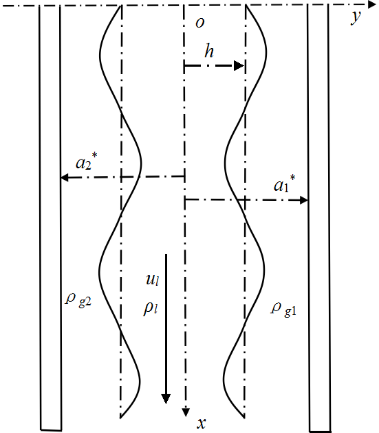

Fig. 1 Schematic diagram of the basic flow field of liquid jet: planar liquid film jet in asymmetric airflow; annular liquid film jet


Fig. 2 Effect of airflow Mach number on jet instability at different airflow velocities: class-antisymmetric mode (solid line), class-positive symmetry mode (dashed line)
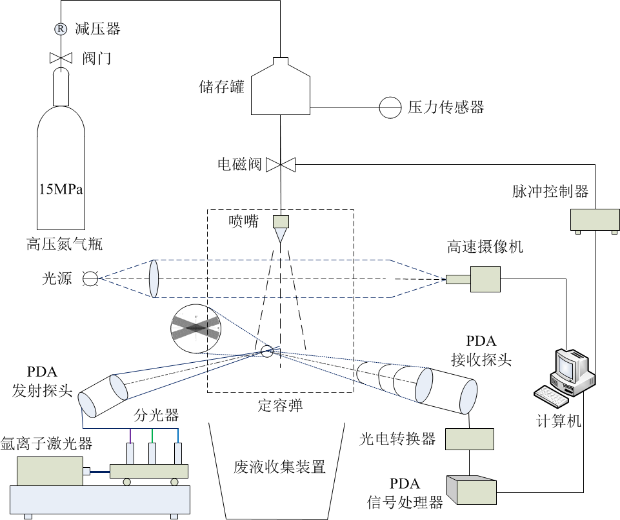
Fig. 3 Schematic diagram of single-nozzle high-speed camera system and laser phase Doppler technology experimental system
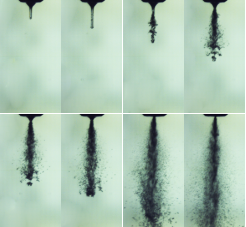
Fig. 4 Circular jet breaking process
(△t=2ms,P1=5.0MPa,P2=1.0MPa,d=0.5mm,0.35% Carbopol)
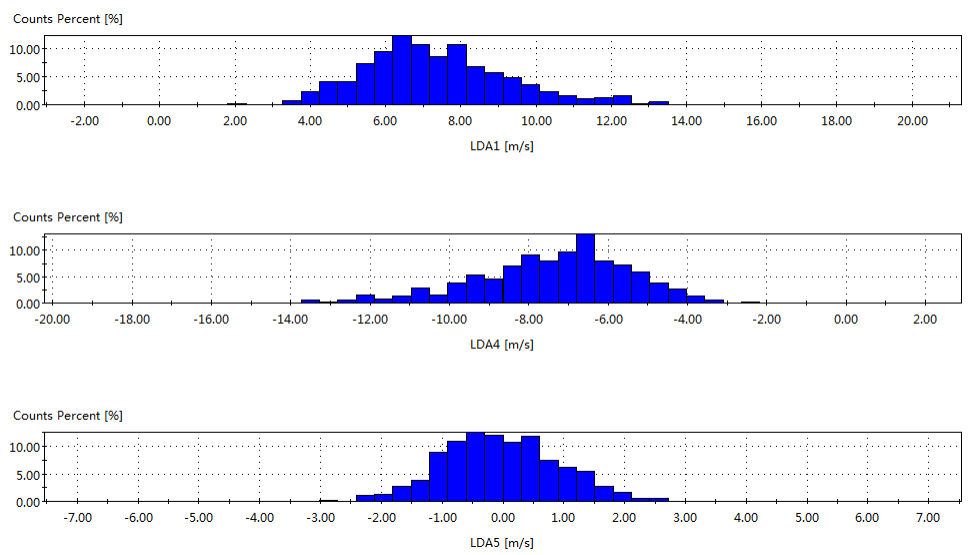
Fig. 5 Original velocity distribution histogram of particle three-dimensional velocity
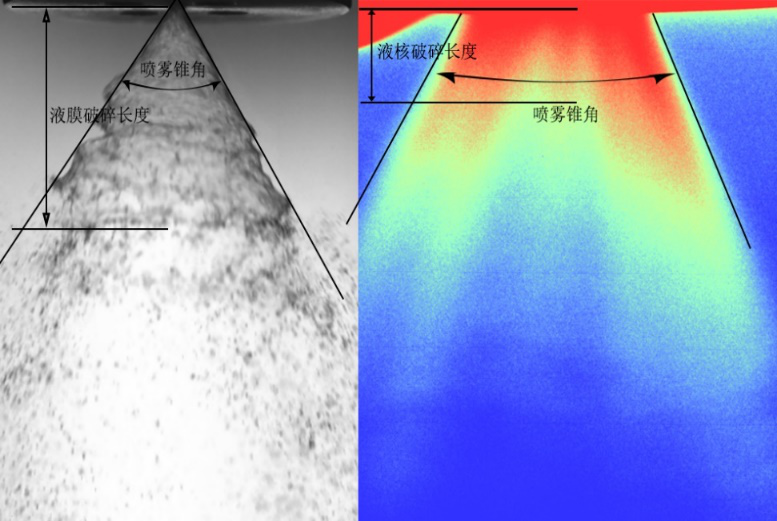
Fig. 6 Power-law fluid swirl jet fragmentation image comparison (high speed photography and X-ray imaging)
Address:Building 34, Tianjin University, Jinnan District, Tianjin
E-mail:kjiao@tju.edu.cn
 WeChat
WeChat
